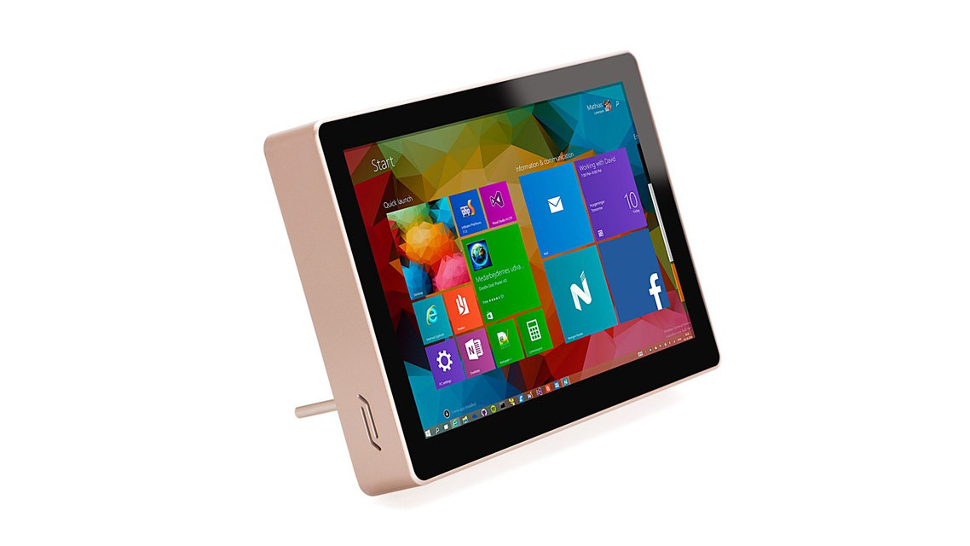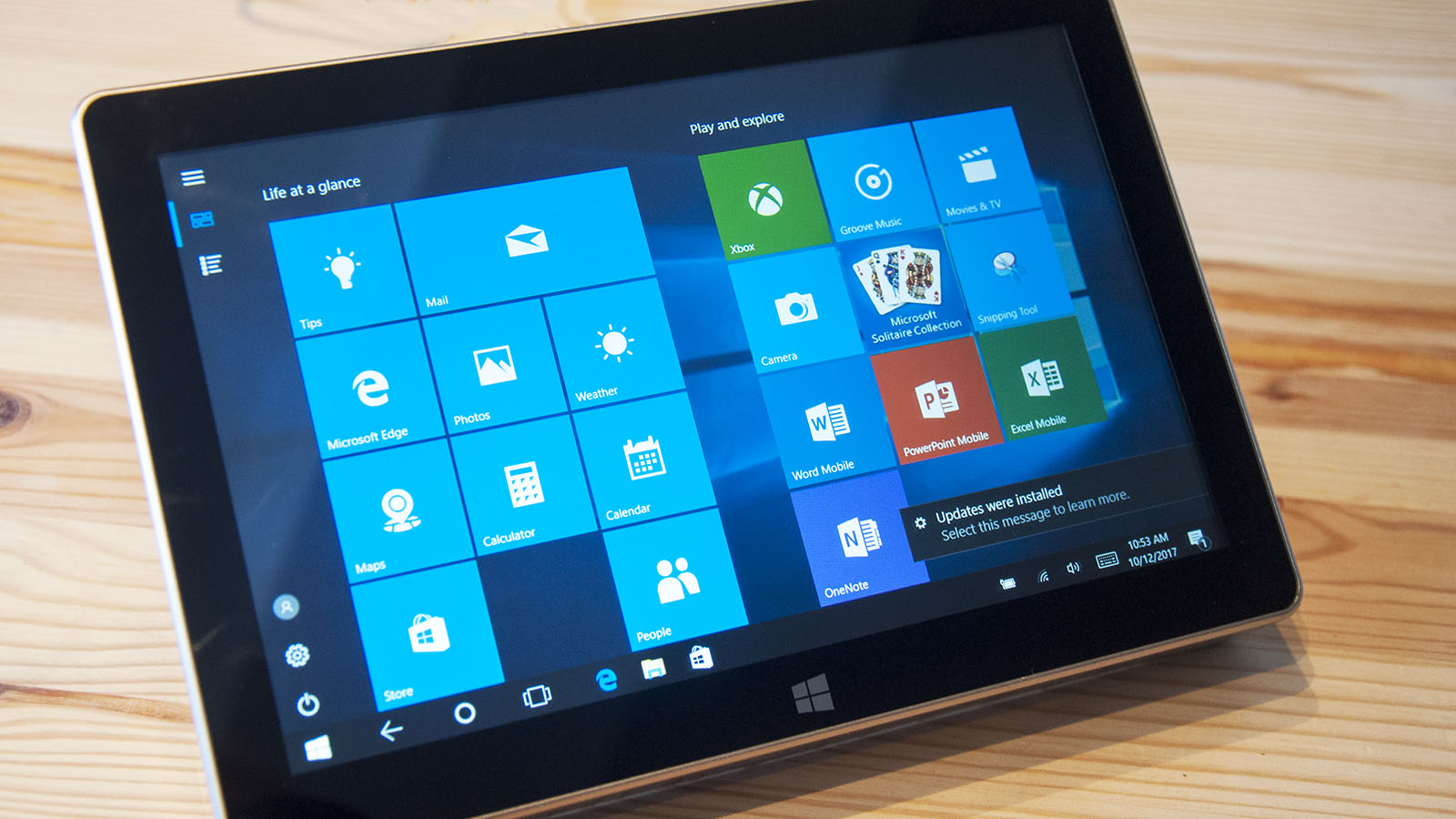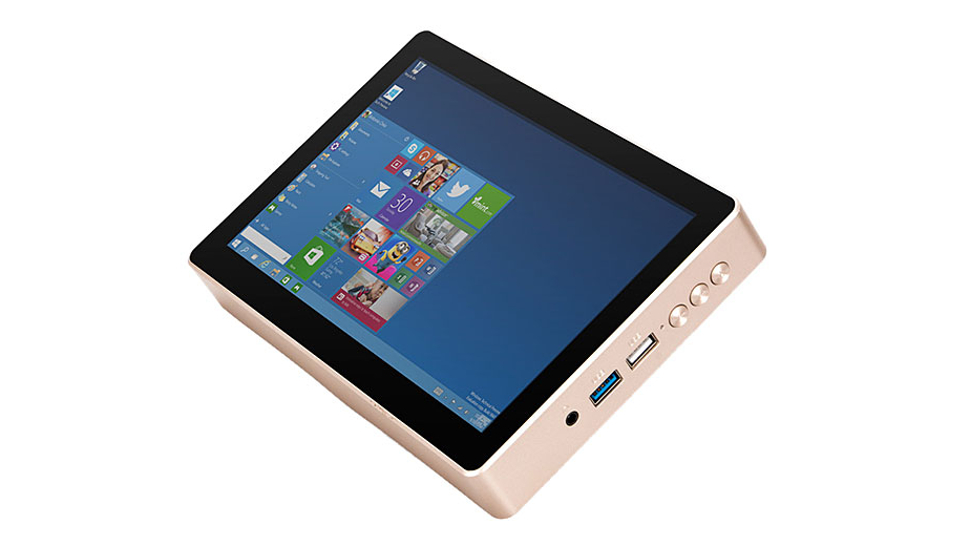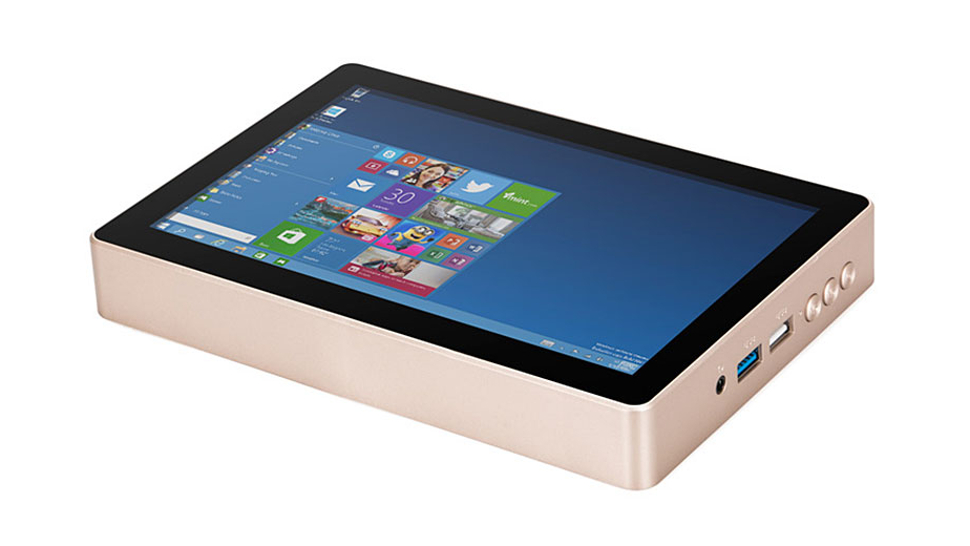Why you can trust TechRadar
Performance
Those expecting performance fireworks from this machine don’t know the Intel Atom x5-Z8350 processor well enough. In short, it is underwhelming.
Here’s how the HiGOLE GOLE1 Plus performed in our suite of benchmark tests:
Passmark: 630
Passmark CPU: 1409
CPU-Z: 69 (single-thread); 246 (multi-thread)
Geekbench: 801 (single-core); 2029 (multi-core); 4212 (compute)
Cinebench: OpenGL: 8.01 fps; CPU: 70
CrystalDiskMark: 161 MBps (read); 108 MBps (write)
Novabench: 389
Atto: 165 MBps (read, 256mb); 129 MBps (write, 256mb)
Sisoft Sandra (KPT): Would not run
The only truly positive numbers to crop up during our benchmarking were those pertaining to the 128GB eMMC flash, which managed a very respectable 161 MBps read speed and a passable 108 MBps write speed on the CrystalDiskMark test.
While a Passmark score was obtained, it was only after an external monitor was connected to achieve a resolution high enough for all of the tests to complete.
Even with the combined efforts of CPU and GPU, this device couldn’t compute its way out of a paper bag, unfortunately. On the plus side, it uses relatively little power while underachieving.
In use
With this sort of power available the user experience was always going to be something of a lottery, depending on how demanding a task you throw at the GOLE1 Plus.
Part of the problem is that this machine is operating so close to the edge of a performance cliff that Windows 10 updates can easily shove it over.
A typical scenario is that you’re doing something minor, and it is going reasonably smoothly, and then suddenly it isn’t. All because a background task you didn’t initiate has kicked in, and helpfully stolen all your CPU cycles and memory.

With 128GB (or 64GB) of storage, this is a device that will forever live in fear of a major Windows 10 update – as it will be effectively unusable until the exercise is complete, assuming there is enough space free available for that to succeed.
The machine also appeared much happier in Desktop mode than Tablet, where it would switch focus back to the main menu spontaneously.
A major snag is the screen resolution of 1280 x 800, which is lower than many modern applications expect on a PC. The resolution provided another challenge during benchmarking, as often the button to initiate the test was located off-screen.
The physical size of the screen was also problematic, as operating any desktop applications (like File Explorer) with a fingertip is almost impossible for an adult.
The hardware also has a few annoying quirks that we need to mention. There appears to be a limit on the amperage that the USB 3.0 port will deliver, even when the system is mains powered. Therefore some high-performance external SSDs won’t work with this device due to their power consumption.
And the orientation sensor repeatedly gets the attitude of the device wrong when it is powered up. Starting in portrait mode while the machine was in landscape position was a common issue, and a gentle rocking would be required to reset the orientation.

Hardware wrinkles aside, the burden that the GOLE1 Plus drags around with it is the failure of Windows 10 to establish itself as a tablet platform.
Had universal apps succeeded in the manner that Microsoft hoped for, this is exactly the sort of hardware people would have loved, allowing them to access their favorite apps in a small and affordable form factor.
Sadly, the Microsoft Store is a wasteland of abandonware and apps that simply redirect you to web locations. Universal app users might find it useful, but they’re not in the majority.
That leaves this device as an alternative to a micro PC with a built-in screen, should you be in need of this particular configuration.
You can’t play 3D games at a palatable frame rate, but for light surfing and media playback, there is sufficient performance here. Video rendering up to 1080p is smooth, but don’t expect 4K decoding from a file or streamed service.
There also might be a potential use here for a PC that distributes media, as the screen would be fine for YouTube and playing back movies or music.

Final verdict
As a wall-mounted or desk-placed device for media playback, the HiGOLE GOLE1 Plus has some potential, but as a PC it has performance issues. The size and resolution of the screen aren't conducive to Windows 10, nor the desktop apps that many Windows users rely on.
While the overall package is great value for money on the face of it, the GOLE1 Plus is a seemingly sweet deal that on closer inspection turns out to be a bit too good to be true.
- We’ve picked out the best business desktop PCs of 2017
Mark is an expert on 3D printers, drones and phones. He also covers storage, including SSDs, NAS drives and portable hard drives. He started writing in 1986 and has contributed to MicroMart, PC Format, 3D World, among others.

